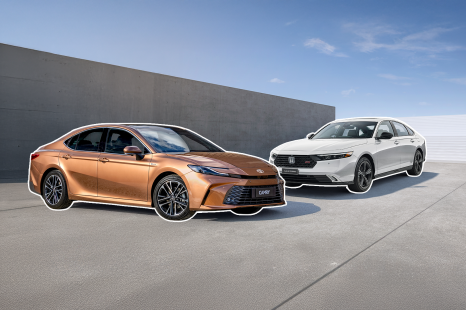

Andrew Maclean
2 Months Ago
It may look like it's far from production ready, but beneath the skin you're looking at the bones of the new Hyundai Ioniq 5 and 6 N.
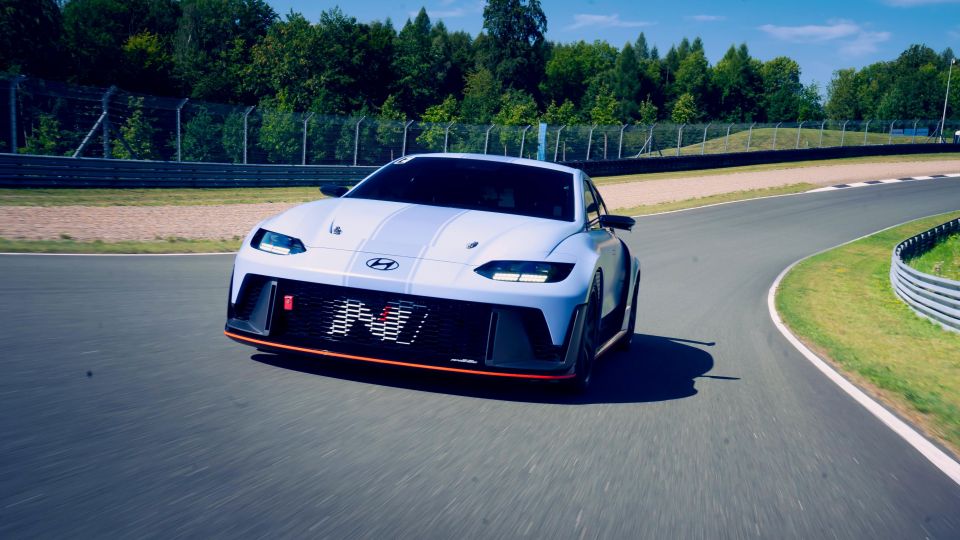
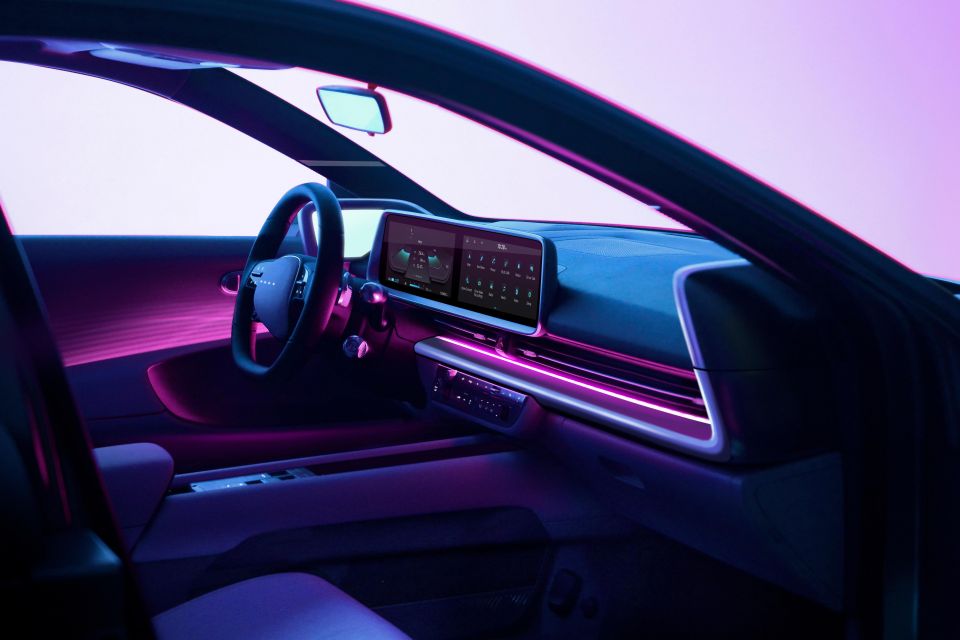

Founder

Founder


Founder

Founder
Take advantage of Australia's BIGGEST new car website to find a great deal on a Hyundai Ioniq 6.
It’s no secret that Hyundai is working on a high performance version of the all-electric Ioniq 5 – due in 2023, it’s going to be the Korean carmaker’s first all-electric performance model under its N sub-brand.
But, instead of just winding the wick up on the existing package, Hyundai has also been busy developing some unique technology that will eventually make its way into the Ioniq 5 N and the upcoming Ioniq 6 N.
We had the chance to join Hyundai in Germany to drive a hand-built prototype of the Ioniq 6 N called the RN22e, which debuts a bunch of segment-first tech to bridge the gap between combustion-powered N cars and the all-electric line-up.
We are still a fair way off pricing being available for the Hyundai Ioniq 5 N or Ioniq 6 N, but if the pricing projections for the new Kia EV6 GT are any indication, expect to be paying north of $100,000 plus on-road costs for these Korean EV missiles.
By comparison, the Tesla Model 3 and Model Y Performance, which Hyundai used as performance benchmarks for the Ioniq 5 N and Ioniq 6 N, are priced from around $100,000 and $108,000 drive-away respectively depending on state.

Given this was a prototype, the interior was cobbled together from other car parts. But if the basics were any indication, there was a sweeping set of screens similar in configuration to the Ioniq 5.
Additionally, our test prototype had paddle shifters on the steering wheel, which will work their way into the production model, but they’ll offer functions beyond just adjusting regen levels – more on that later.
We will have a better idea of N-specific interior trims for Ioniq 6 N when the Ioniq 5 N breaks cover in the coming months.

Under the skin Hyundai employs two electric motors – one on the front axle and one at the rear. The front motor generates 160kW while the rear makes 270kW. Combined, they produce 430kW and 740Nm.
The battery pack offers 77.4kWh of capacity and an 800V architecture for high-speed DC charging, AC charging and V2L functionality.
The other cool part is it’s capable of hitting 260km/h. That comes courtesy of electric motors that have a higher maximum rpm – they increased from 15,000rpm to over 20,000rpm.
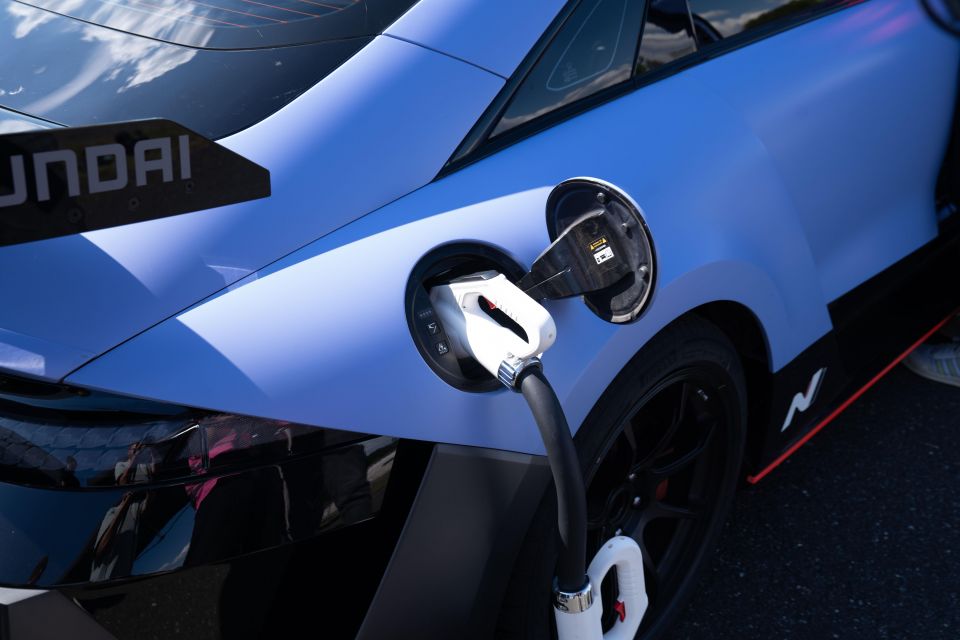
This engineering change demanded additional cooling to ensure they were able to sustainably operate at those speeds for extended durations.
While the prototype had extensive cooling ducts at the front and along the rear quarter specifically for cooling, we don’t think these will make it into production versions of the Ioniq 5 N or Ioniq 6 N.
The cooling package was also benchmarked against the Nurburgring where it was able to complete a full lap without any power degradation.
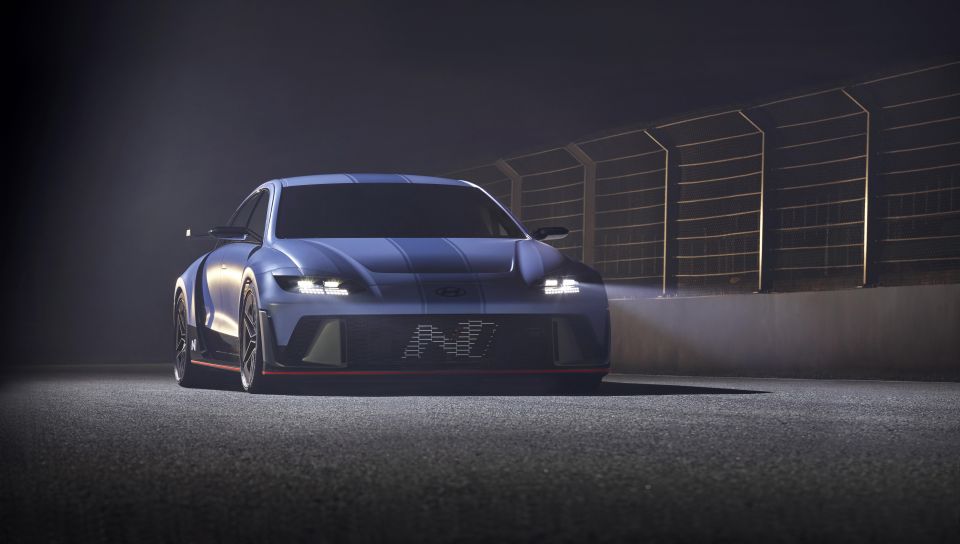
The Ioniq 6 drew mixed reactions from automotive enthusiasts globally and continues the trend Hyundai has started with its designs that deliberately stays away from a family face across its line-up.
Hyundai sees it like a chess game – all of the pieces on the chess board are there for the purpose of chess, but they all look different and have different functions.
@paulmaric Simulated gear shifts, drift mode and an outside speaker for exhaust sound 🤯 it’s the Hyundai RN22e (will be the Ioniq 6 N). #hyundai #rn22e #ioniq6 #fyp #ev @Paul Maric ♬ original sound – Paul Maric
That’s where Hyundai is going with its vehicle design. Even though the Ioniq 6 sits on the E-GMP platform, it looks substantially different to the Ioniq 5 that came before it.
The Hyundai RN22e is a rolling lab concept car. Unlike the N Vision 74, the Ioniq 6 N is fairly production ready, with some sporty bits tacked on for visual appeal.

Let’s talk about the industry first elements, though.
On the rear axle is a twin-clutch torque vectoring system. It receives a single input from the electric motor, but can output torque to either of the rear wheels, and can vary its locking rate from 0 to 100 per cent.
It not only offers torque vectoring, but will also offer a drift mode by acting as a limited-slip differential and disabling the front axle motor.
Next up is the paddle-shift function. While paddle shifters in EVs are nothing new and are typically there to control regenerative braking intensities, the RN22e has a mode that allows it to simulate a dual-clutch gearbox.

It switches in to a manual mode and allows the driver to move up and down through virtual gears. It even has a soft limiter in each gear and will hold gears until the driver upshifts.
It simulates this using pulses from the electric motors and it’s a technology that hasn’t yet been used on any other electric vehicle.
The final feature that’s not unique, but will have a unique operation is the external speaker.
It will be able to simulate any number of sounds that the driver is able to pick. It’ll ‘rev’ on the spot and Hyundai is also experimenting with an idle shake function too to give the impression of high performance.

Just like our Hyundai N Vision 74 drive, this vehicle was one of two functioning prototypes of the RN22e – so we had to be super careful to make sure we didn’t stack it.
Inside the cabin, a roll cage and race seats with harnesses were fitted for safety and there wasn’t much of the interior outside of a screen ahead of the drive. And, we were asked to give our feedback based on this being a prototype that still has work left before it’s ready for production.
With that in mind we set off for four fast laps of Bilster Berg race track – one that I was slowly becoming more familiar with after having a crack in the N Vision 74 concept car.

After a sighting lap, the speed picked up and I was totally blown way with how playful the RN22e was. Punching the throttle out of a corner would invoke some rear-end slide in a perfectly controllable and fun manner.
One of the corners had a slight elevation change into a braking zone, and with enough speed the RN22e would dance into the corner and then sit a little bit sideways with lift-off oversteer.
The engineers really have gone to town on giving this character and to be honest, it’s character that you won’t find on any other performance EV.
A Tesla Model 3 Performance just feels so sterile and, dare I say it, boring in comparison to the RN22e. While the Model 3 Performance has more punch out of a corner, it’s just so clinical in comparison to this.

The sounds coming through the speakers made you feel like something was happening and the way it piled on speed was smooth and effective.
Sticking it into track mode then allows for a more aggressive rear drive feel thanks to the dual-clutch arrangement. That’s when it becomes a little more tail happy and feels like it sits closer to the edge.
We had a play with the self-shifting mode. It was a bit hard to judge because the audio coming through the speakers didn’t quite match where you expect a shift point to be; so you would constantly grab the limiter or shift too early and wipe off speed.
We suggested to Hyundai that it would be worth having a ‘sport’ shifting mode that won’t hold gears so you can still get the sensation of a gear shift without needing to manage it yourself.
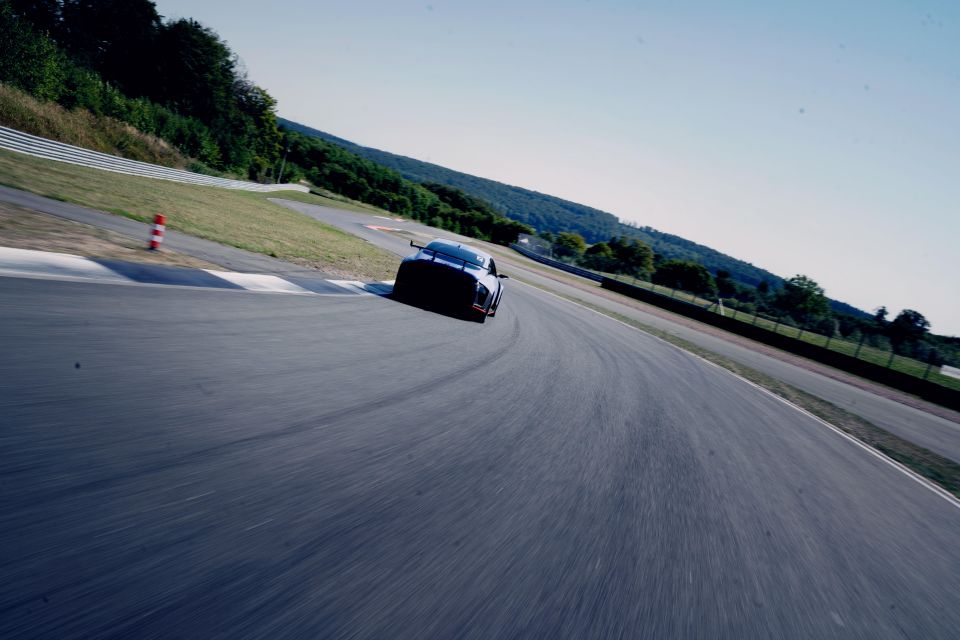
To the company’s credit, the team mentioned the tachometer on the prototype was incomplete, with the production vehicle set to feature a rev gauge with suggested shift indicators.
Hyundai wouldn’t be drawn on the weight of the RN22e, but it did feel big behind the wheel.
While the Model 3 Performance feels clinical, it does feel darty and nimble. This feels bigger out on the road and likely won’t be as quick around a track in comparison.
But ultimately, if this is a sign of what we’re going to expect with the Ioniq 5 N and then the Ioniq 6 N, I’m damn excited for it.

Reading about this on paper doesn’t do this car any justice.
The way it dances around and gives you constant enjoyment fits perfectly with the Hyundai N mantra.
The i30 N, a Kona N, they’re all super rewarding cars to drive and keep you smiling with every stint behind the wheel. These cars are cracking and popping, belting out of corners and feel totally different to the brand’s non-N products.
I’m thinking we will feel the same way when we drive the Ioniq 5 N and the Ioniq 6 N. And, if that’s the case, I’m going to be very happy about it.

Click the images for the full story.
You can watch a walk around video of the Hyundai RN22e, plus a sample of the RN22e exhaust sound and follow Paul Maric on TikTok.
Take advantage of Australia's BIGGEST new car website to find a great deal on a Hyundai Ioniq 6.
Paul Maric is an Australian car expert based in Melbourne, Australia. Paul is a founder of CarExpert.com.au & formerly part of the CarAdvice founding team.


Andrew Maclean
2 Months Ago
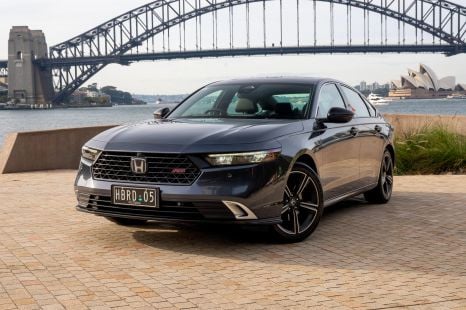

Andrew Maclean
1 Month Ago
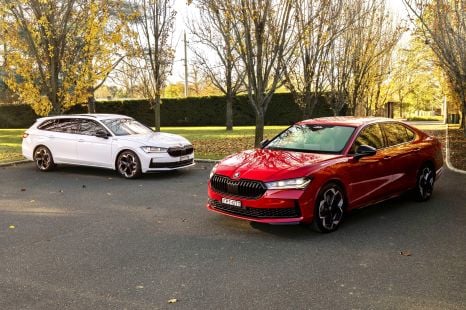

Max Davies
1 Month Ago
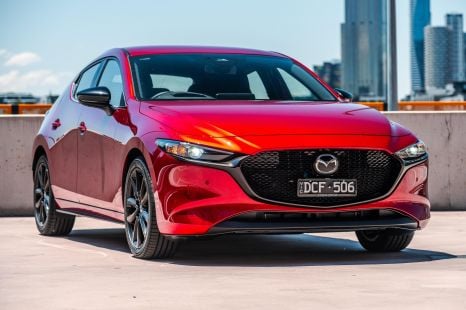

Josh Nevett
28 Days Ago


Marton Pettendy
16 Days Ago


Damion Smy
16 Days Ago